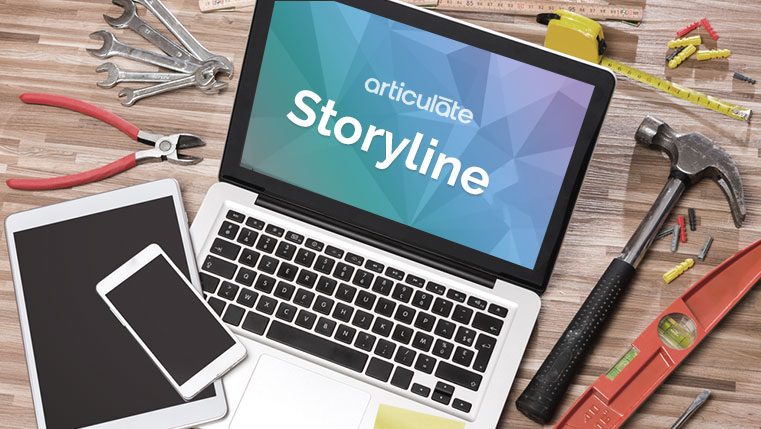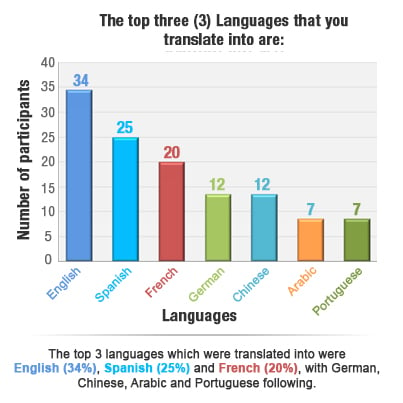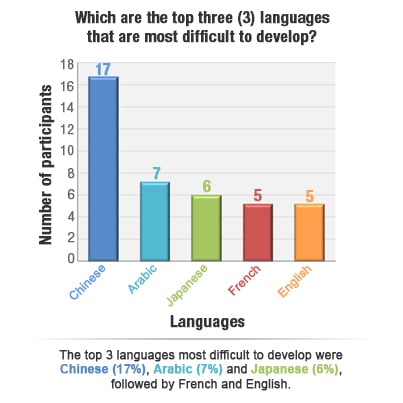eLearning Translations Made Easy with Articulate Storyline

Globalization and eLearning Translations
Globalization has indeed, proved to be a boon for the corporate organizations, as seen by the fact that in 2011, the world’s 500 largest companies (called the Fortune 500) pulled an average of 40% of their revenues from non-domestic markets (Tully, 2012).
A recent study was conducted by CommLab India on “The Realities of Cross Cultural eLearning: Experiences and Perceptions of Corporate eLearning Stakeholders from different countries/ cultures”. This paper documents the experiences and perceptions of a sample group of 94 stakeholders, representing different industries in 33 countries, in designing e-learning for global learners. The survey found that the practitioners were well aware of the impact of culture on the design of e-learning. Instead of developing different versions of the same course to suit different cultures, they took to developing a culture-neutral English course and then translated it into different languages.


eLearning Translations and Articulate Storyline
Creating Translation Template made easy:
It is very easy to export course content in a MS Word or XML format for translation. All the content can be easily exported – On screen text, audio text, which is in Notes pane.
Exporting the Translation Text:
Once all the translations are done, the translated audio script is sent to professional audio narrators for audio recording. You can quickly import the translated text and audio into Articulate Storyline and your course is ready to be served.
Right to Left Language Support:
It was very difficult to develop courses from left to right like Arabic and Hebrew courses. Now Articulate Storyline tool has right-left language support a great boon to eLearning course developers.
Difficult Courses Made Easy:
When we develop courses in Chinese, Japanese and Korean, we usually find it difficult, because these have special characters. Now Articulate Storyline authoring tool also supports double-byte character sets (DBCS), which makes developing courses in Chinese, Japanese and Korean very easy. It saves lot of time, earlier used to check and set the quality.
Well, Articulate has seriously listened to the developers’ requests and given us the tool that can make translation look easy an lucid. What additional features of articulate story line did you find interesting? Please do share!



![Flash-less Corporate Training World: 4 Undeniable Benefits [SlideShare]](https://blog.commlabindia.com/hubfs/Imported_Blog_Media/flash-free-corporate-elearning-1.jpg)
![How to Maximize Efficiency in Rapid eLearning? [ 5 Tips for Fast Delivery]](https://blog.commlabindia.com/hubfs/Imported_Blog_Media/rapid-elearning-tips-maximize-efficiency.png)
